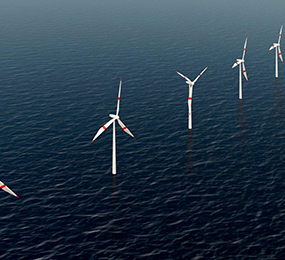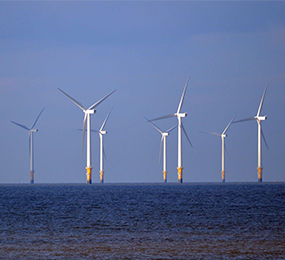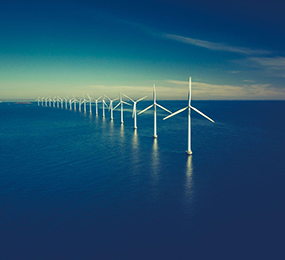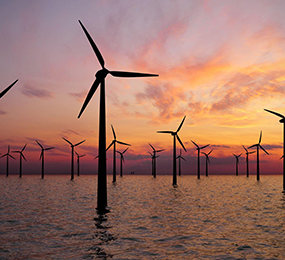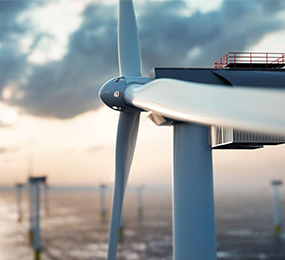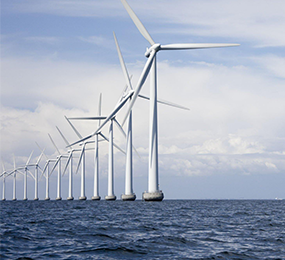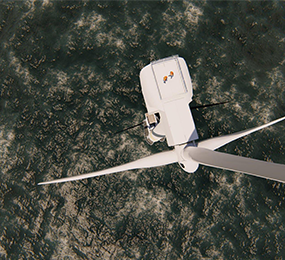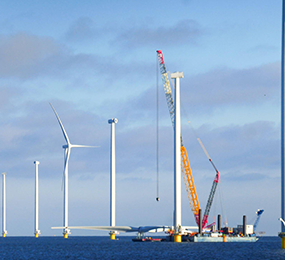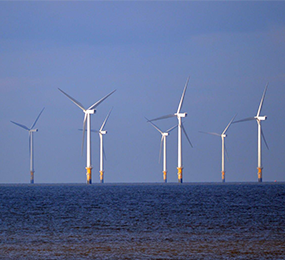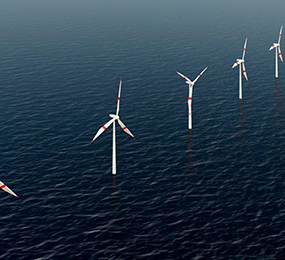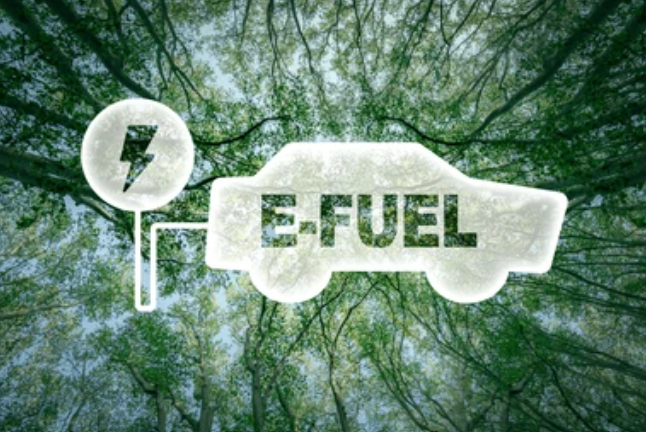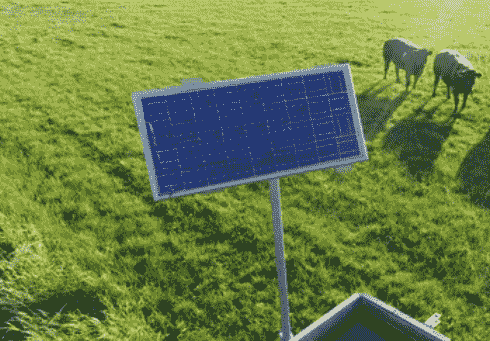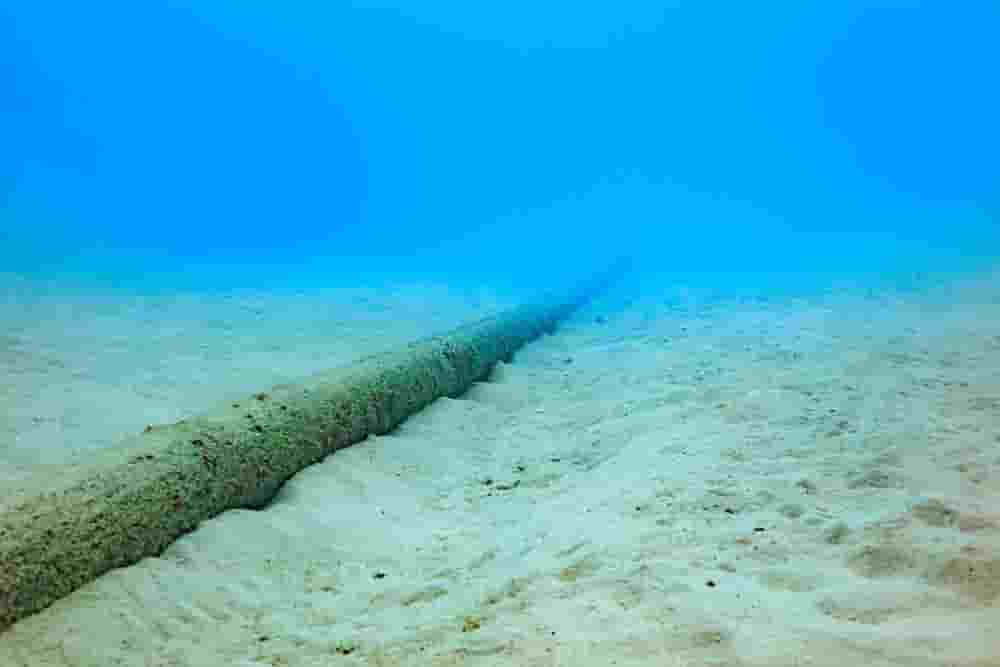The commercialization of floating offshore wind energy hinges on the readiness of port infrastructure and the development of a robust and efficient supply chain. Large-scale deployments require specialized facilities and a well-coordinated network of manufacturers, suppliers, and service providers. Let's explore the key considerations for ensuring port and supply chain readiness.
Port Infrastructure: The Gateway to the Sea
Ports serve as the essential link between manufacturing facilities and offshore deployment sites. Floating wind farms require port infrastructure capable of handling large and heavy components, including floating platforms, turbine towers, and mooring systems. Key requirements include:
- Deep-Water Access: Ports must have sufficient water depth to accommodate large installation vessels and heavy-lift cranes.
- Heavy-Lift Capacity: Cranes with the capacity to lift and move large components, such as assembled turbine nacelles and floating platforms, are crucial.
- Assembly Areas: Dedicated areas are needed for assembling floating platforms, integrating turbines, and preparing components for offshore deployment.
- Storage Facilities: Secure storage facilities are required for components awaiting assembly and deployment, protecting them from the elements and ensuring efficient logistics.
- Quayside Access: Easy access to the quayside is essential for loading and unloading components and facilitating efficient movement of materials.
Supply Chain Development: Building a Network of Expertise
A robust and resilient supply chain is vital for the successful commercialization of floating wind. This involves establishing a network of manufacturers, suppliers, and service providers capable of delivering high-quality components and services on time and within budget. Key considerations include:
- Component Manufacturing: Manufacturers must have the capacity to produce large volumes of high-quality components, including floating platforms, mooring systems, dynamic cables, and turbine components.
- Logistics and Transportation: Efficient logistics and transportation networks are essential for moving components from manufacturing facilities to ports and then to offshore deployment sites. This requires specialized vessels, transportation routes, and careful planning.
- Skilled Workforce: A skilled workforce is needed to support all aspects of the supply chain, from manufacturing and assembly to installation and maintenance. Training programs and educational initiatives are crucial for developing the necessary expertise.
- Collaboration and Partnerships: Strong collaboration and partnerships between manufacturers, suppliers, service providers, and research institutions are essential for fostering innovation, sharing best practices, and building a resilient supply chain.
Challenges and Opportunities
Developing port infrastructure and a robust supply chain for floating offshore wind presents several challenges, including the need for significant investment, specialized equipment, and a skilled workforce. However, these challenges also offer significant opportunities for economic development, job creation, and technological innovation.
Ensuring port and supply chain readiness is crucial for unlocking the full potential of floating offshore wind energy. By investing in port infrastructure, developing a robust supply chain, and fostering collaboration between stakeholders, the industry can accelerate the commercialization of this promising technology and contribute significantly to the global transition to a clean energy future.
To register or learn more about the Forum please check here: https://www.leadventgrp.com/events/5th-annual-floating-wind-europe/details
For more information and group participation, contact us: [email protected]


